5 关于限定词的问题
①形容词性物主代词 my/ your/ his/ her 中位
②所有格代词 Tom's/ my friend's 中位
③指示代词 this/ that/ these/ those 中位
such 前位
④不定代词 some/ any/ either/ no/ every/ each 中位
all/ both/ half 前位
数量词
①倍数词与分数词 doublel half/ twice/ three times one- -third/ two- -thirds
②序数词与基数词 first/ second/ third/ one/ two/ three nex/ last/ past/ other/ another
③量词 many/ much/ lilel few/ more/ mosl alot of/ a number of plenty of several 后位
冠词 定冠词与不定冠词 中位 the/ a/ an 中位
最佳答案 2022-08-27 16:24
【一】前位限定词“predeterminer”
【1】all, both, half(助记:二都一半)
备注:记忆口诀:二都一半
【2】倍数:(倍数词):double, twice, three times;five times等;
【3】分数:(分数词):one-second; two -thirds;three-fifths等;
【4】such, what, how, so, as, quite, rather(七感叹)
一句话助记法:二都一半分倍七感叹。
前位限定词记忆口诀:二都一半分倍七感叹
【备注(1)】一般前位词之间互相排斥,不能共存。
【备注(2)】有个别跨类现象:比如quite/rather可前可后;还有such也可前可后,such a good day; all such students 。
【备注(3)】其中how, so, as的使用,注意冠词的位置:
How good a boy!多么好的一个男孩啊
So good a boy!多么好的一个男孩啊!
as good a boy!多么好的一个男孩啊!
He is as good a boy as Mike.他和迈克一样是一个好男孩。
【备注(4)】一般形容词紧随名词:such a good boy
【备注(5)】但有副词how/so/as修饰它时, 形容词紧随副词后:
so good a boy。
【二】中位限定词 “central determiner”
【1】指示代词:this,that,these,those;
【2】形容词性物主代词:my, your;his;her; our; your ;their等
【3】不定代词:some, any, no, every, each, either, neither, enough,等
【4】名词所有格:Tom’s , John’s ;his parents’;my father’s等
【5】冠词:a,an, the
助记法:三代一名一冠
中位限定词记忆口诀:三代一名一冠
【备注(1)】中位词之间也互相排斥,不共存。
不可以说:his a book 或a his book。
【三】后位限定词”“post-determiner”
【1】序数词:first,second,third,fourth,fifth,sixth,seventh,eighth,ninth,tenth等
【2】基数词:one, two,three,four,five,six,seven,eight,nine,ten等
【3】一些顺序词:next,last,past ,other, previous, another等
【4】数量词:many; much ;a few; a little ; more; most; fewer; less;a lot of ; lots of ;plenty of, a number of,a great / large / good number of, a great / good deal of, a large / small amount of; , a great deal of;such等
【备注:】后位词之间可共存,但有顺序。(顺序词+数量词)
the first two years 头两年; the first two weeks 头两个周
助记法:数词(除分数、倍数以外)
后位限定词记忆口诀:数词(除分数、倍数以外)
【备注:】名词前的多个限定词的使用顺序,即:前位+中位+后位
以上解答仅供参考
如果觉得我的回答对您有用,请随意打赏。你的支持将鼓励我继续创作!

其它 1 个回答
要学会总结归纳,但总结归纳的目的应该是数量的减少,记忆负担的减轻,我们尝试简化一下:
前位限定:
所有表示“全部”、“部分”概念的,都属于前位限定词,另外加个such;
中位限定:
比较乱,不太好记,只需记住最重要的两类:冠词和所有格。语文根基比较好的话,可以尝试理解衍生:定冠词the可以衍生出this,that,these,those等;而不定冠词a/an可以衍生出很多能翻译为“一”的字,比如any(任一)、some(某一)、every/each(每一)、neither(两者中无一)等等。
后位限定:
包括所有数字(10,ten)、序数词(first)、表示“多”或“少”的如many,much等。再加上other;
具体的例子可以参考楼上陈老师的丰富例句。至于限定词怎么放置,好像不成问题吧?不太搞明白。前位限定词都说了是前位限定词了,难道能放到其他限定词或者名词的后面?
一家之言,仅供参考;
勤查英英,必有所获!
- 2 关注
- 7 收藏,2612 浏览
- hellen 提出于 2022-08-11 10:14
相似问题
-
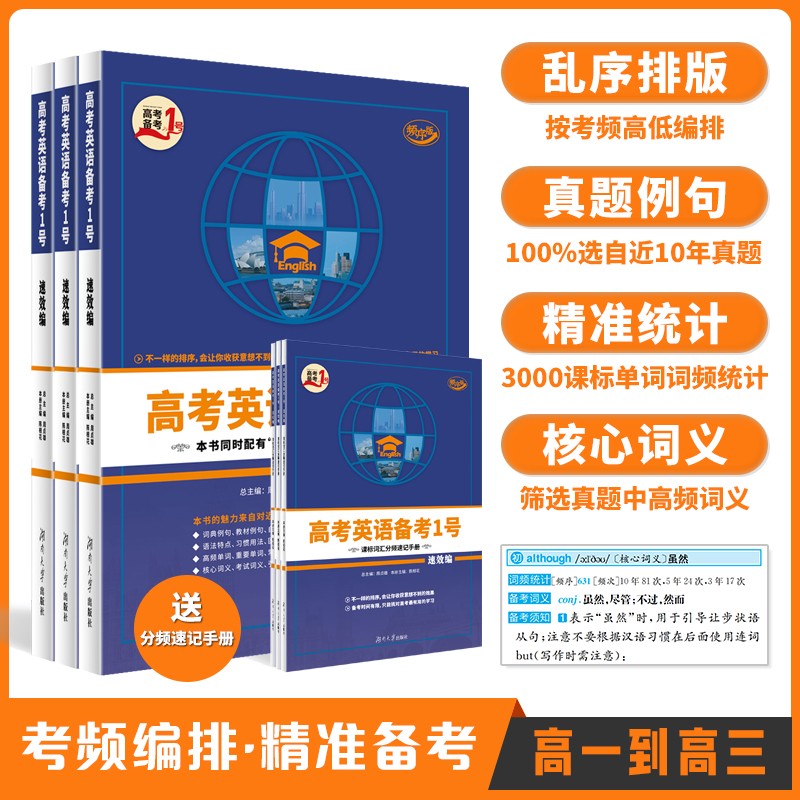 《高考英语备考1号·速效编》
《高考英语备考1号·速效编》
-
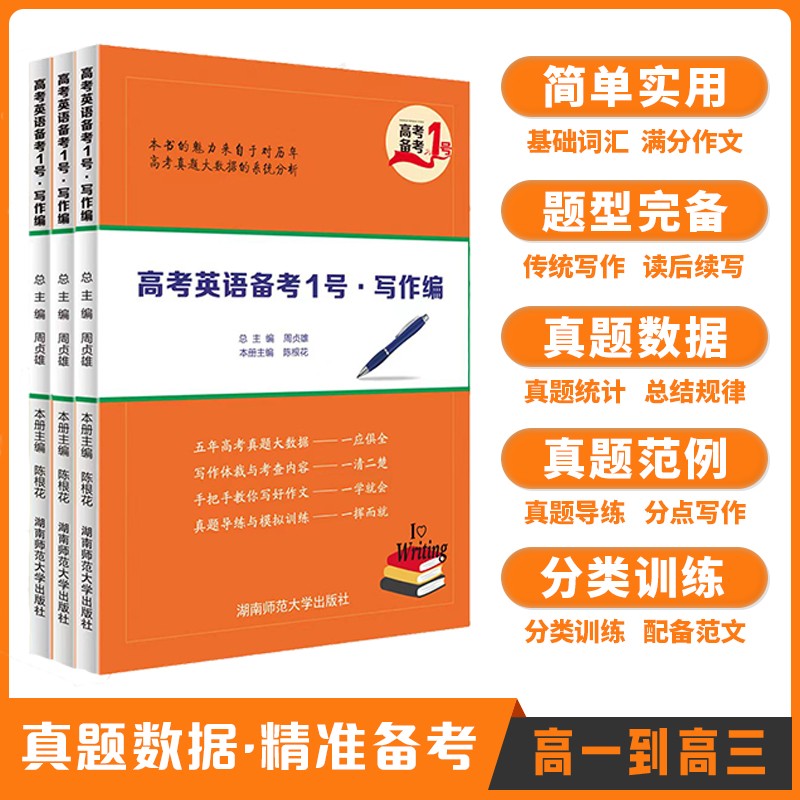 《高考英语备考1号·写作编》
《高考英语备考1号·写作编》
-
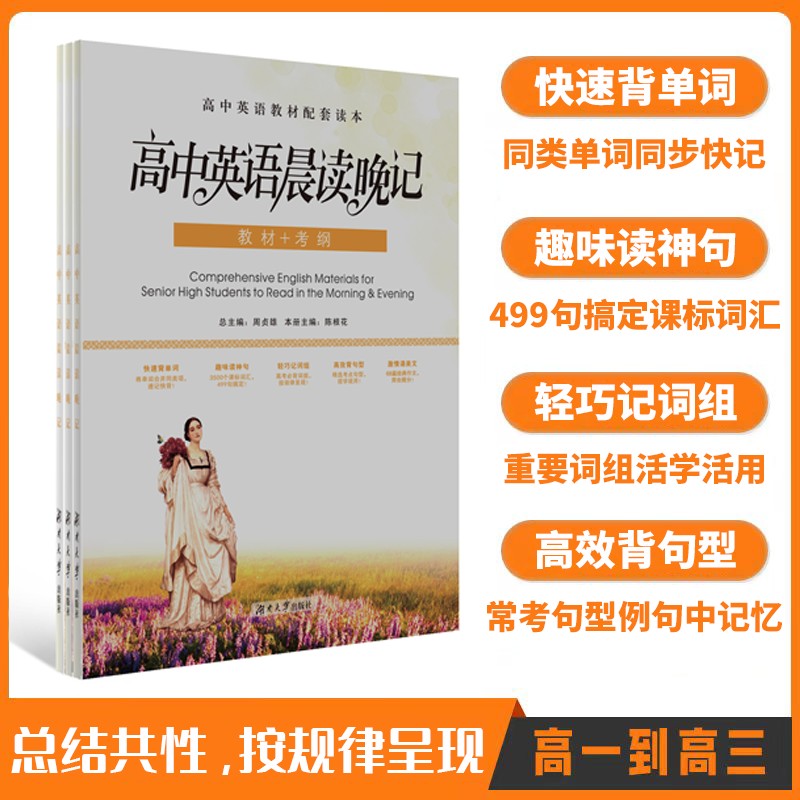 《高中英语晨读晚记》
《高中英语晨读晚记》
-
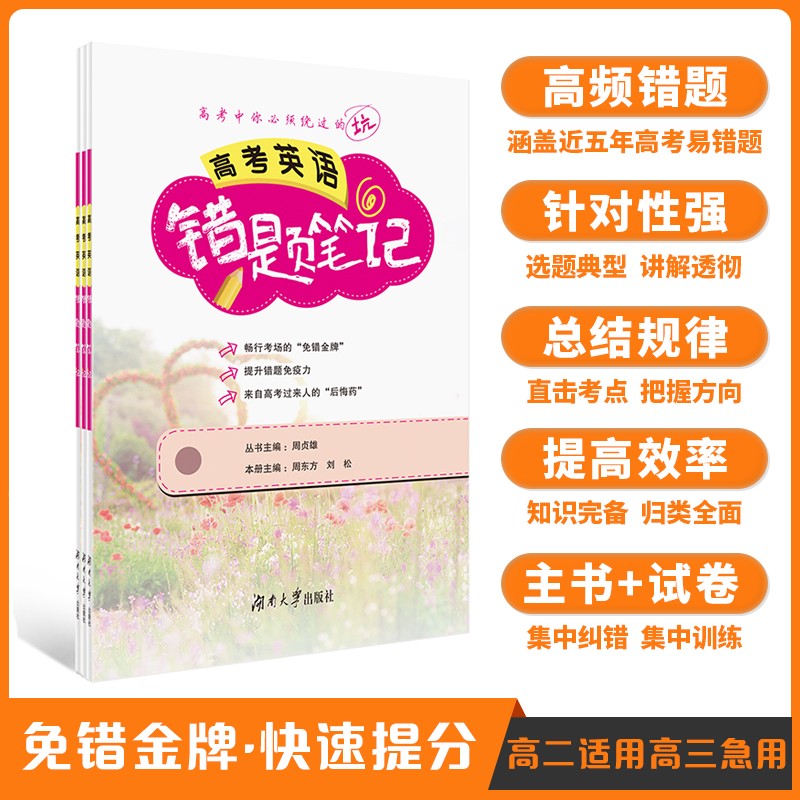 《高中英语错题笔记》
《高中英语错题笔记》
-
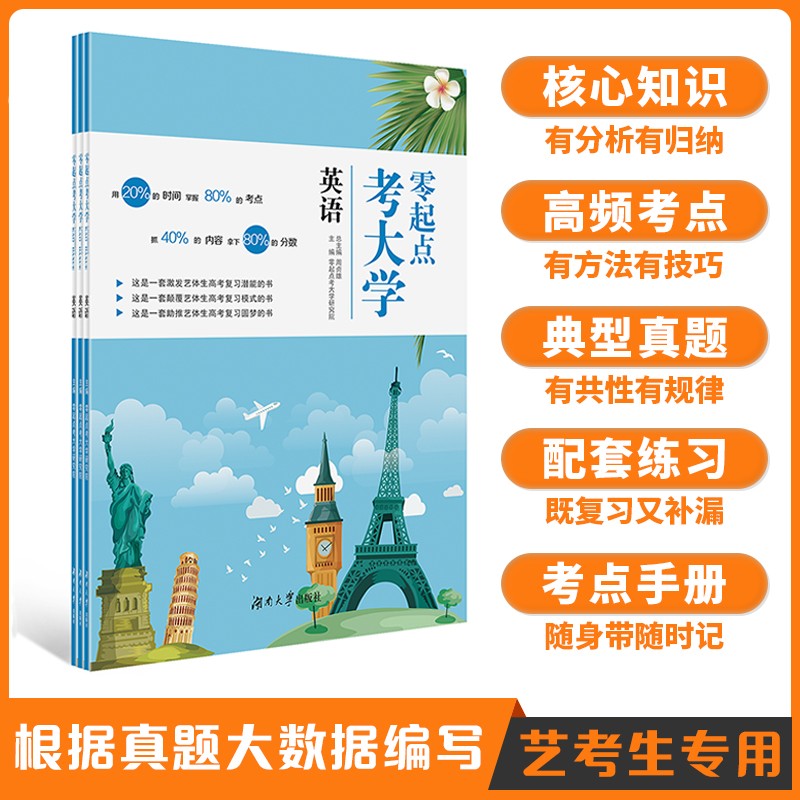 《零起点考大学英语》
《零起点考大学英语》
-
